Managing commercial facility means lots of planning and a sharp eye for detail. You oversee the whole facility, including every individual unit. Each tenant space might be modified, and contracts can vary based on earlier discussions. Some contracts include added maintenance, building amenities, or utility benefits, making your role even more intricate.
Handling facility maintenance is no small task. Usually, a whole team works on ensuring the facility stays in top shape. But there’s a way to simplify things. Read on to learn more about the basic vs advanced functions of the facility management software.
With features like auto-scheduling, tenant request handling, and equipment tracking, management gets a whole lot smoother. Facility management software is used in various sectors like hotels, schools, and more, but this article focuses on its benefits for managing commercial facilities specifically. Dive in to discover the best facility management software options.
Facility management is a structured approach to preserving commercial properties in top-notch condition. Without this systematic oversight, minor issues can escalate, leading to significant setbacks.
Experienced commercial property managers understand the value of diligent maintenance. They’ve witnessed the repercussions of neglect: dripping roofs, malfunctioning HVAC systems, or recurrent plumbing issues. To maintain a large facility or complex efficiently, a proactive and attentive maintenance approach is crucial.

If you’re a property manager, use this checklist to perform regularly scheduled maintenance of commercial assets to preempt unexpected failures. Read on to learn more about the different types of maintenance management strategies.
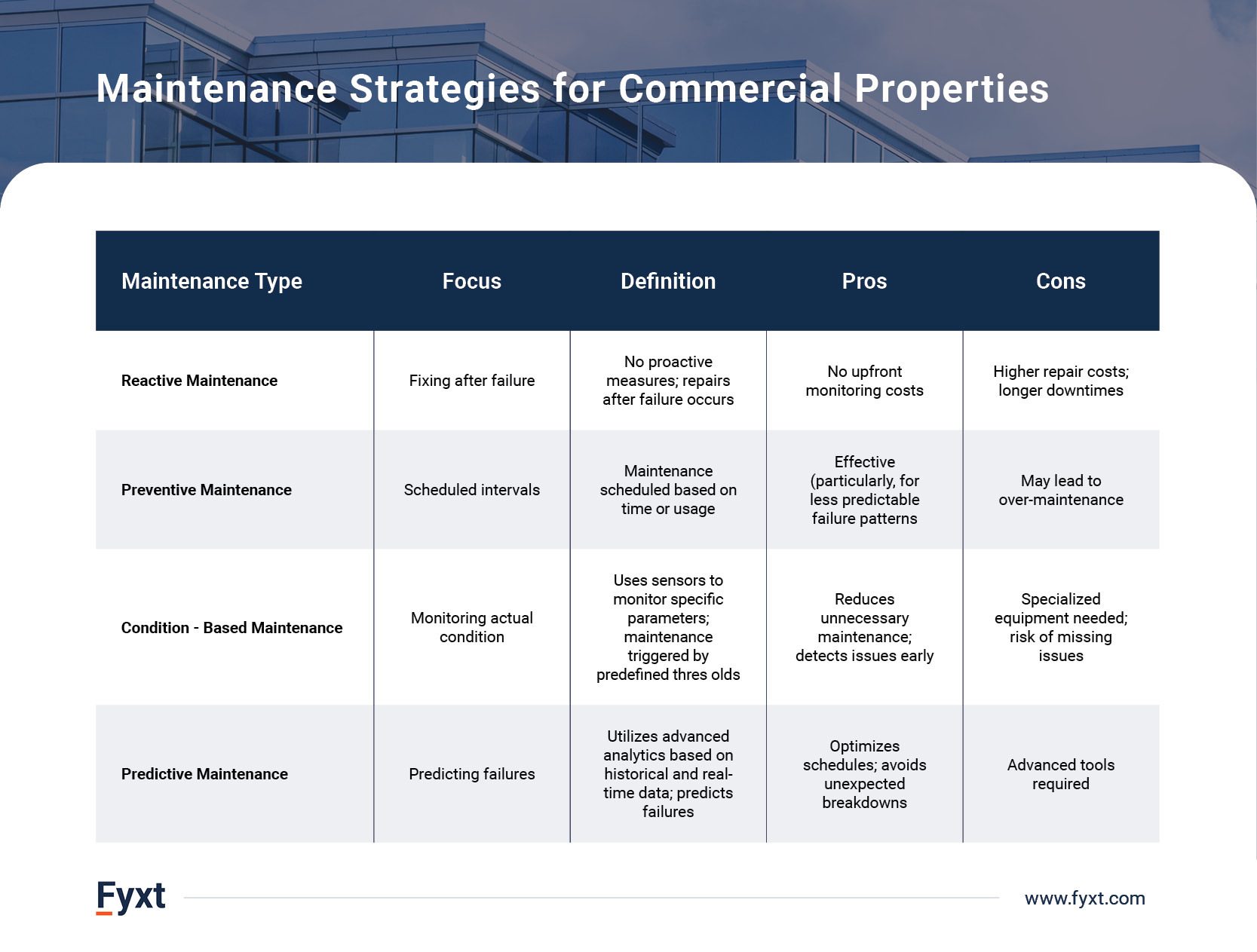
Overseeing commercial real estate, especially with intricate net-leases, demands a methodical maintenance strategy considering numerous variables. Here is a 6-step process that you can use as a guideline to developing a comprehensive maintenance strategy.
We’ve dived deep into the complexities of commercial maintenance operations. Undeniably, overseeing an entire facility’s upkeep, whether by an individual or a team, is a massive undertaking, especially for expansive portfolios. Traditionally, these duties were managed manually or using basic spreadsheets. Yet, with today’s technological advancements, innovative software solutions are streamlining processes, saving considerable time and effort.
Facility management software introduces intuitive dashboards and advanced tracking features that finally make it possible to streamline your commercial maintenance operations. Leave the clunky spreadsheet behind. Stop using a half-dozen different apps to keep your team coordinated while maintaining a large commercial facility.
Maintenance scheduling is crucial to avoid neglecting any part of a facility or its equipment. Commercial property managers often juggle calendars, ensuring every maintenance aspect is addressed timely. With facility management software, you can record all details, reuse them for future planning, and access past checklists. Just input each asset and its maintenance timeline. The software will track upcoming tasks, send reminders, and can even auto-generate work orders when due. This helps automate regular maintenance, preventing equipment breakdowns and prolonging their life.
A property management team must keep track of all maintenance requests for the facility. This can involve dozens of contractors and vendors responsible for various elements of facility maintenance. Facility management software offers solutions to scheduling, tracking, and managing work orders, including assigning tasks to vendors and monitoring their progress.
As a commercial property manager, you probably remember the days when equipment maintenance tracking meant sifting through physical logs, spreadsheets, or paper files. This approach often led to miscommunication, missed maintenance schedules, and a lack of real-time insights. Today’s automated solutions to equipment maintenance have changed the game completely. These modern platforms are cloud-based and are capable of automating scheduling, tracking equipment maintenance, workflow optimizations, and more.
Controlling who has access to what within the system, ensuring that sensitive information is only available to authorized users. This also includes strong authentication methods, encryption of data, and compliance with relevant regulations and standards.
Many systems offer support and training to ensure that users can make the most out of the software. This includes offering educational resources, set up guides, as well as providing 24/7 customer support to address immediate concerns. Ensure your target plan includes support for custom implementation, data transfer, and API integration if your team needs them.
In commercial portfolios, facility management software often serves as a property management portal. Top-tier software integrates a tenant-vendor communication feature, making it easier for property managers to handle and update work orders. Ideally, some systems allow tenants to submit requests without logging in, streamlining the process and boosting tenant satisfaction.
Enabling all stakeholders (PM’s, service providers, tenants) to access work orders, instructions, and other necessary information through mobile devices, often even in offline mode.
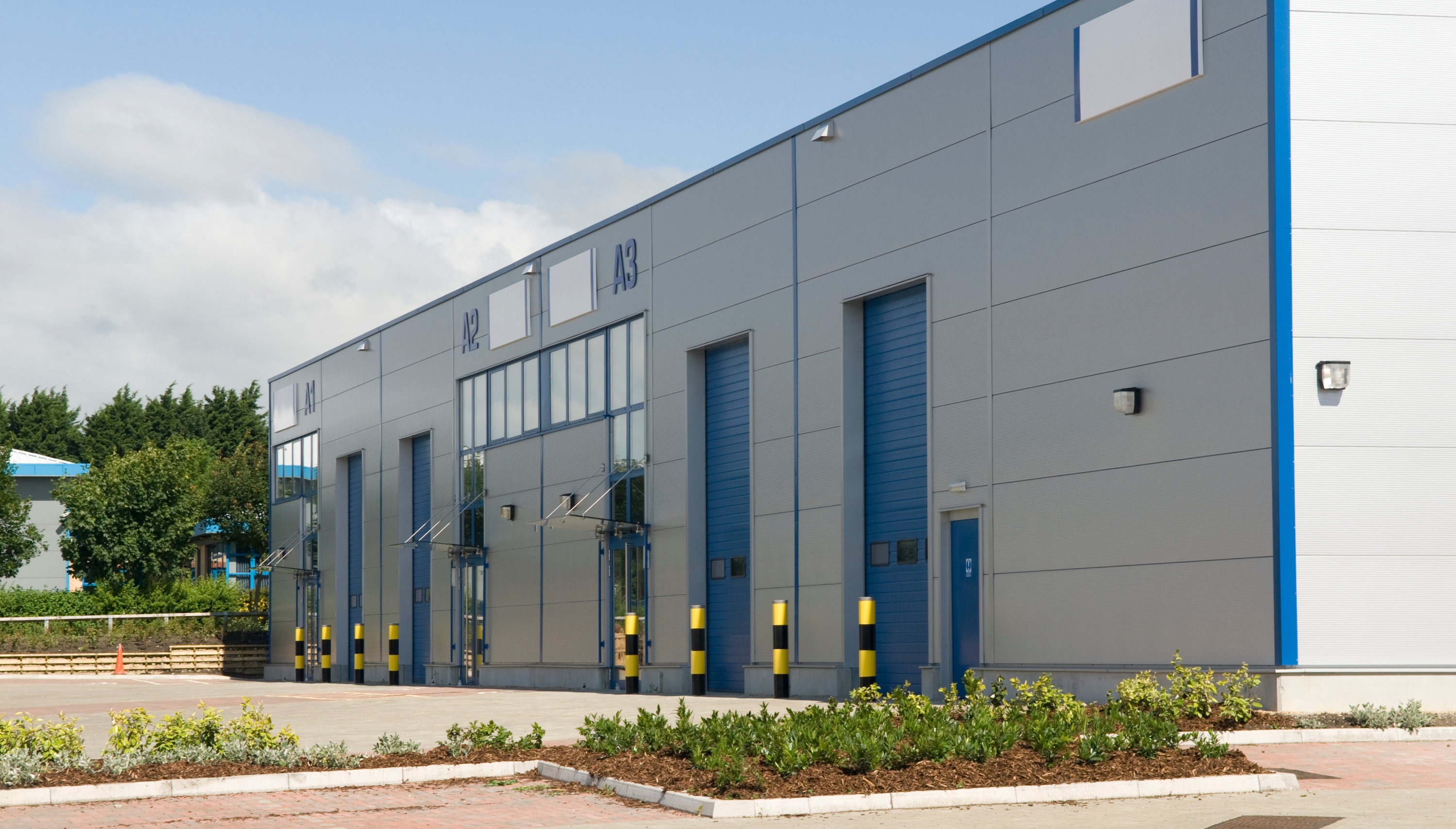
Connecting with other enterprise systems like ERP or accounting software to ensure seamless data flow across your teach stack. It’s worth noting that while many platforms claim to offer integrations, the actual experience can vary significantly. If the integration is not well-executed, it leads to glitches and disruptions in data flow. When choosing a facility management software, make sure it offers not just the integrations you need, but ones that are robust and integrate seamlessly, ensuring smooth operations.
With the most advanced facility management software, property managers can easily manage all facets of vendor management, from vendor procurement and managing contracts to overseeing the bidding process and streamlining invoicing.
Predictive Maintenance
Some of the leading maintenance management systems utilize artificial intelligence to analyze data and predict when equipment is likely to fail. This proactive approach allows for timely intervention, reducing downtime, and saving costs.
Providing detailed reports and insights into maintenance operations, empowering managers to track real-time progress, identify trends, and make informed decisions about their portfolios.
The ability to tailor workflows to specific processes and scenarios is a hallmark of the best facility management software. This flexibility lets property management teams tailor automation to their specific maintenance needs, resulting in heightened efficiency and reduced costs.
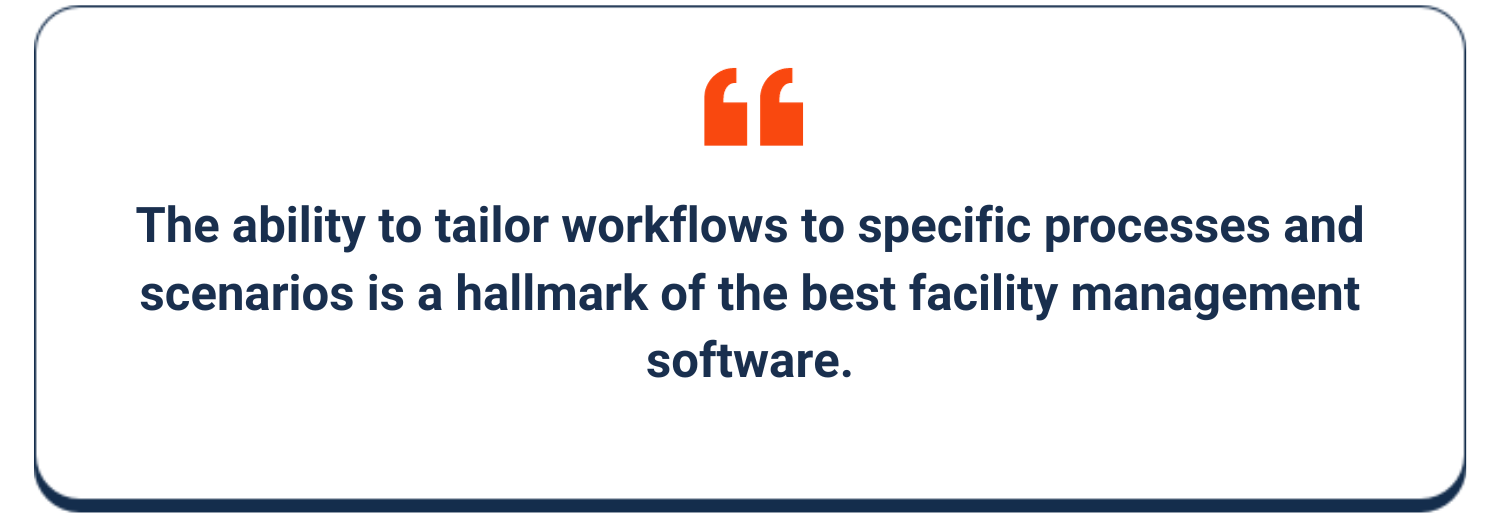
Maintenance costs often come from inefficiencies, especially when maintenance was overlooked, and a critical asset or piece of equipment damages as a result.
For commercial property managers, facility management software offers a strategic advantage that results in overall better performance and significant savings in operational costs. See how Transwestern cut their operating expenses by 30-40% by implementing the Fyxt software.
Here are the areas where a commercial property manager can expect cost savings by deploying a facility management software:
If you’re an asset or property manager, this checklist will help you assess the present condition of your commercial property operations, pinpoint areas of improvement, and uncover opportunities to expand your portfolio.
We analyzed 11 maintenance management platforms in terms of their feature set, integration capabilities, ease of use, and customer support. We gathered data from the companies’ websites and from third-party review sources such as SoftwareAdvice, GetApp, G2, and Capterra.
Fyxt is a premier cloud-based facility management software tailored for commercial real estate portfolios. The Fyxt platform optimizes and streamlines maintenance operations in one central place. With its comprehensive suite of features, it brings simplicity and efficiency to every facet of maintenance management. 
Fyxt has been named “Preventative Maintenance Solution Of The Year” by PropTech Breakthrough, an annual awards program that recognizes innovation in the global real estate technology industry. With Fyxt, managing maintenance becomes a breeze. Its intuitive dashboard effortlessly compiles crucial data – from jobs and assets to equipment and work-order histories. What truly sets Fyxt apart is its adaptive workflow automation. This isn’t just about streamlining routine tasks, but tailoring processes to suit each property management team’s unique needs. But Fyxt isn’t just about maintenance. It’s a holistic toolset crafted for commercial property management and operations teams. Beyond its top-tier maintenance management features, Fyxt equips teams with advanced tools for lease administration, property insights, financial operations, and risk management.
Another noteworthy advantage? Every Fyxt client receives a dedicated Customer Success Manager – at no extra cost. And their 24/7 customer support ensures smooth onboarding, data migration, and consistent support – all without any hidden fees, regardless of your portfolio’s size.
Known for its mobile-first approach, MaintainX offers strong on-the-go maintenance management capabilities. With their custom dashboards feature you can create reports and get insights into critical metrics in real-time, compare performance across teams and locations.
That said, some users have voiced concerns: limitations in data editing, restricted ticket control for non-admin users, certain mobile app constraints, and challenges with integrating vendor collaborations and accounts payable.
Access to some crucial features such as detailed and unlimited work orders, as well as advanced analytics, is restricted to the upper tier packages, which start at $49 per user, per month.
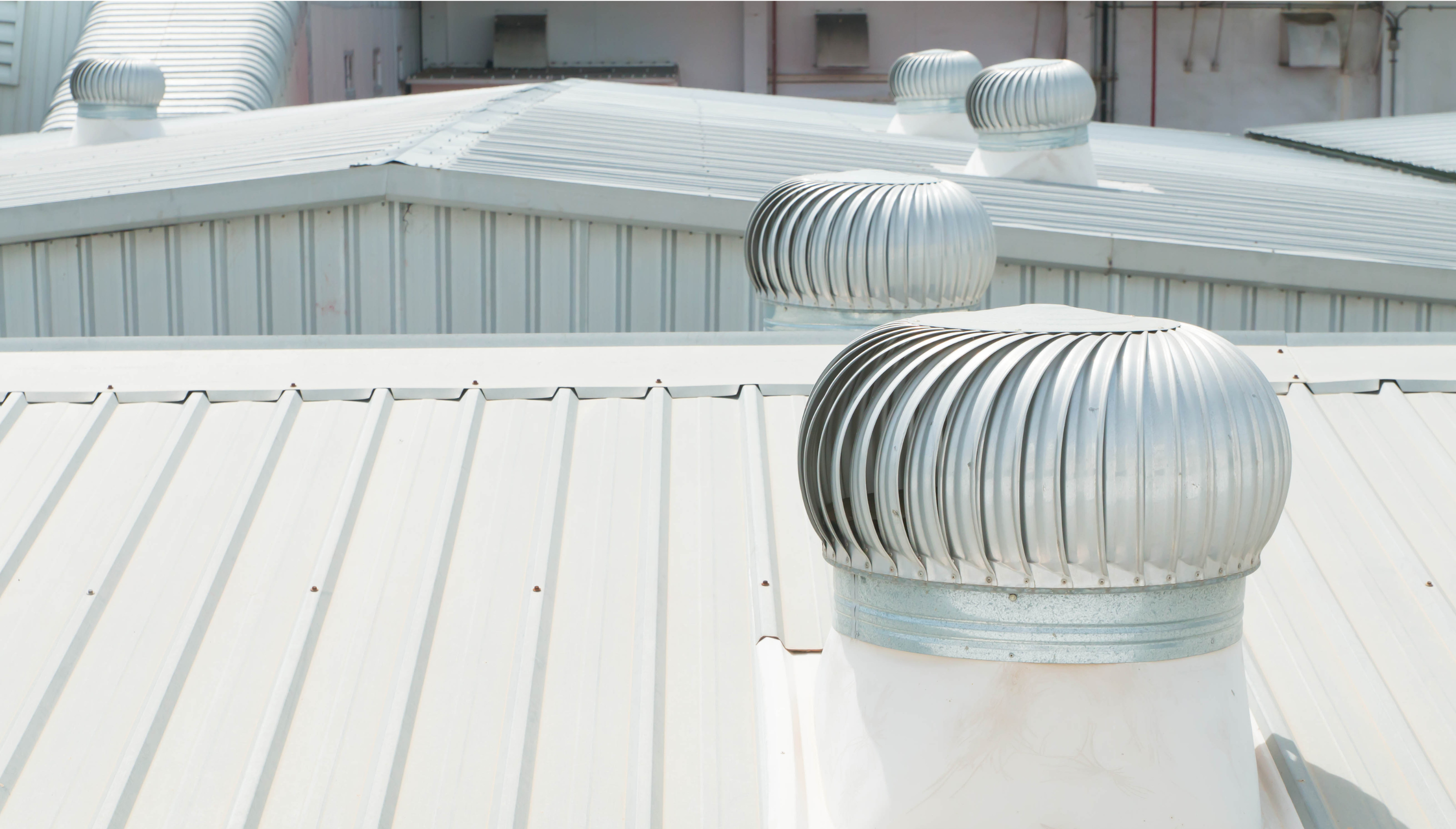
FMX provides configurable maintenance and facilities management software to boost productivity and reduce costs. The platform streamlines work order resolution, organizes preventive maintenance, and centralizes equipment and asset management in one user-friendly system. FMX is a great maintenance and facilities management software for K-12 schools, higher education institutions, and municipalities.
Fiix’s cloud-based maintenance management software streamlines the planning, tracking, and optimization of maintenance tasks. Fiix software offers features to organize assets and inventory, manage work, and integrate with business systems.
For property managers with mixed commercial portfolios, Fiix’s specialization in oil & gas, manufacturing, food & beverage, and heavy equipment industries may present a drawback.
Plans start at $45.00/month.
UpKeep’s specializes in work order management, parts & inventory management, safety & compliance management, asset management, preventive maintenance, analytics & reporting, and request management.
UpKeep boasts robust features for handling maintenance tasks, but falls short when it comes to a comprehensive commercial property management approach. It misses the mark on vital functionalities like lease management, financial operations, risk management, and elevating tenant experiences. This limitation might make it less appealing for property managers in search of a one-stop solution for the multifaceted realm of commercial real estate management.
Some users have reported occasional glitches and performance hiccups with UpKeep. They’ve also noted challenges in searching by descriptions and inconsistencies with analytics, especially when recognizing child assets linked to parent assets. Furthermore, customer support appears to be a sticking point for some, especially those using the free version. Additionally, the platform seems to miss the mark on some key features, like tracking downtime effectively.
Plans start from $45 per user, per month.
eMaint CMMS is a cloud-based software designed for maintenance management, offering features such as work order management, workflow optimization, and predictive maintenance scheduling.
Some users reported lack of support and usability of the software, frustration with too many workarounds and steps required for simple processes.
Plans start at $69.00 per user, per month.
FTMaintenance Select is a web-based CMMS that serves organizations of various sizes and industries. It offers features for managing work orders, equipment and facility maintenance, schedules, and includes a mobile app with data accessible offline. Some reviews show the platform has limited default reports, finicky modules, and a lack of versatility in choosing or editing visible fields.
Limble primarily targets the manufacturing sector with its mobile-first maintenance management solution, offering functionalities like work orders, preventive maintenance, asset management, and spare parts inventory.
Users are generally happy with its customer support and the software’s customization capabilities. However, there have been mentions of a disjointed follow-up work order process and issues with work request notifications. While Limble might serve as a potent tool for enhancing efficiency in maintenance management, property managers might find its features not entirely tailored to the unique demands of larger commercial portfolios, given its core focus on manufacturing.
Corrigo offers an integrated suite of maintenance management tools for field service providers, designed to streamline work order management and automate maintenance tasks. The key features include: work order management, asset management, open peer-vetted network, replace vs repair recommendations.
Coast is an all-in-one maintenance management tool, with features that allow users to create and assign work orders, manage assets, track parts inventory, schedule preventive maintenance. Coast offers a free plan suitable mainly for occupiers, particularly in the hospitality sector. This free plan comes with limitations on workspace permissions and file uploads. More advanced features like custom workflows, dashboards, and exports are available in their higher-tier plan, starting at $38 per user, per month. While it serves the hospitality industry well, it may not offer the comprehensive capabilities that commercial property management teams typically require.
Maxpanda CMMS is a cloud-based maintenance management solution. The system offers integrated tools for asset, inventory, and preventive maintenance management.
Maxpanda offers additional features like push notifications for updates, email notifications for work orders, 3rd party integration, and unlimited user roles. It’s important to note that the API integrations and KPI dashboard features are limited to the advanced plan options. Also, keep in mind some users reported consistent issues such as crashes, slow performance, and lack of reporting functionality.
Plans start from $129/month.
Fyxt is the best facility management software for commercial real estate property managers. With Fyxt’s award-winning solutions, your team can schedule maintenance, centralize asset data, optimize vendor management, streamline facility inspections, and enhance tenant-vendor communications, ensuring all data remains secure and organized.
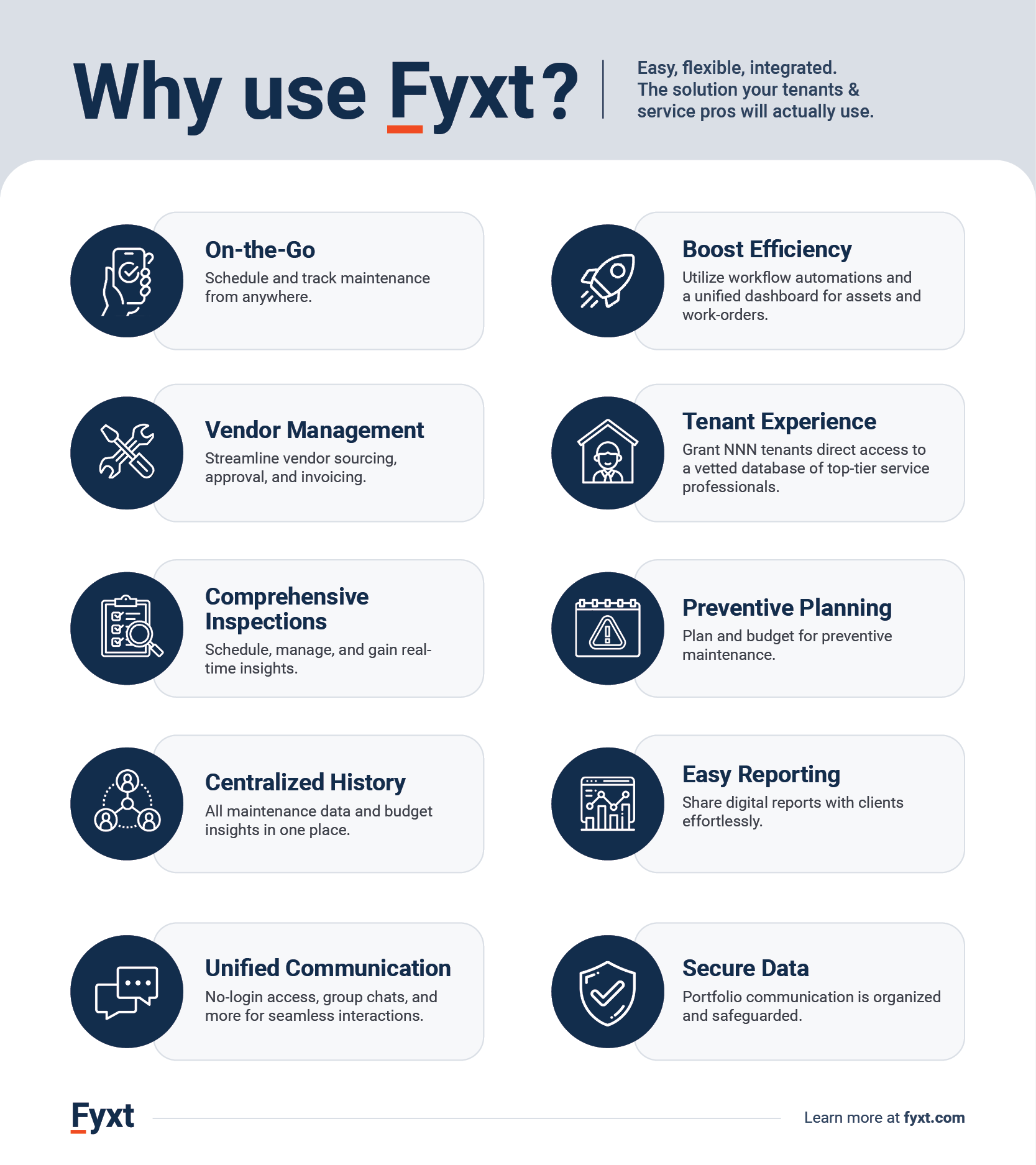
And there is so much more to Fyxt! Fyxt offers a full suite of solutions for commercial property managers, landlords and investors.
As an all-in-one platform, Fyxt excels in areas beyond maintenance, including lease administration, financial operations, risk management, information management and reporting. Contact us today to learn more.
Building on a wealth of knowledge and expertise in both real estate and technology, Ryan set out on a mission to redefine the commercial property experience through technology and for the past 5 years has successfully built a team, product, and company to do just that. Ryan is also a member of the Forbes Real Estate Council.

AI in CRE: Transforming Operations, Not Just Buzzwords Commercial real estate is no stranger to buzzwords: digital transformation, automation, AI. We’ve heard them all. But hype alone doesn’t drive real outcomes.
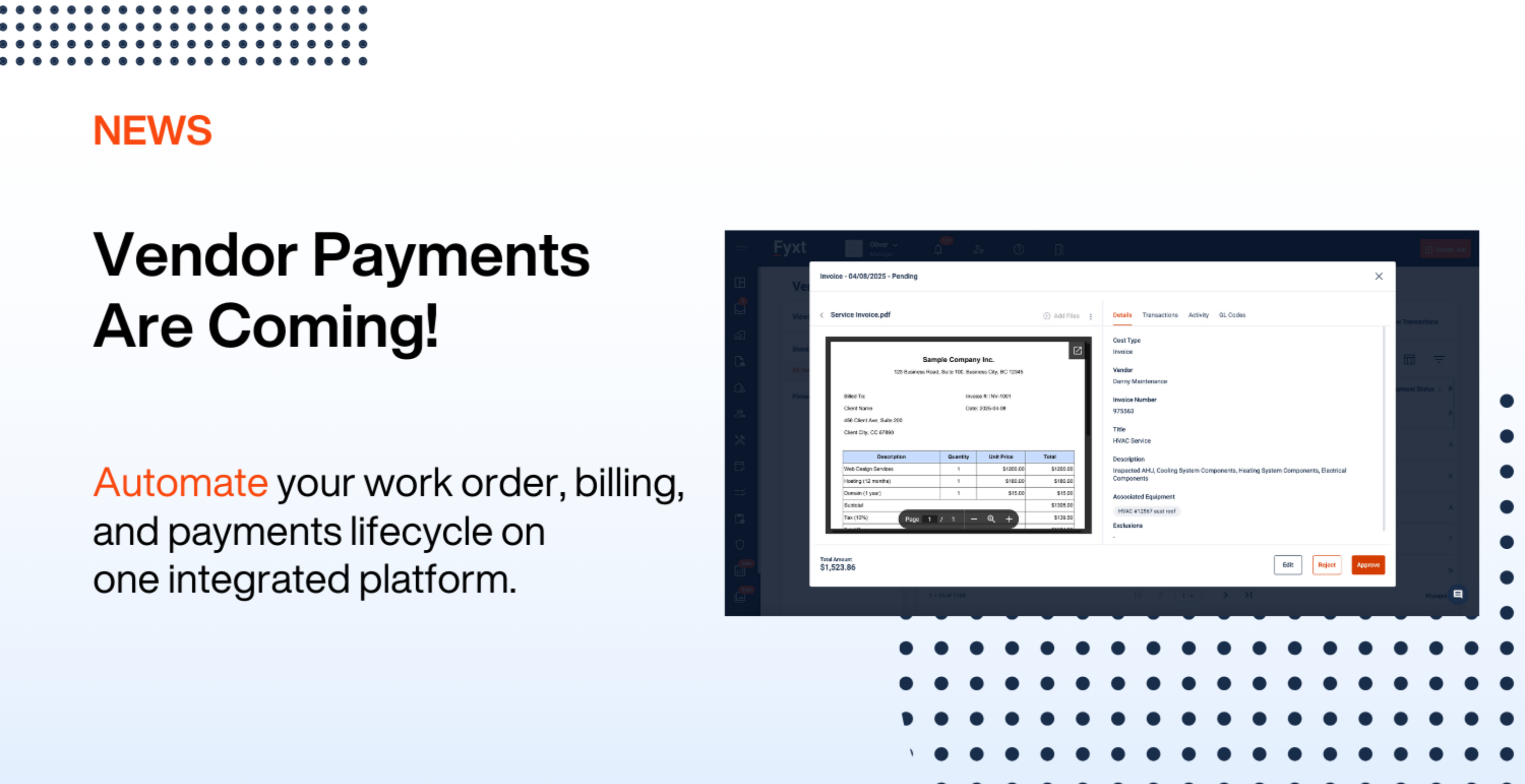
Fyxt is evolving to meet the needs of property managers and CRE professionals with innovative tools like Fyxt Rent Pay and the new Fyxt Vendor Pay.

Rent collection has evolved from traditional paper checks to a fully digital process, saving property managers time and reducing errors. Rent collection software simplifies the payment process